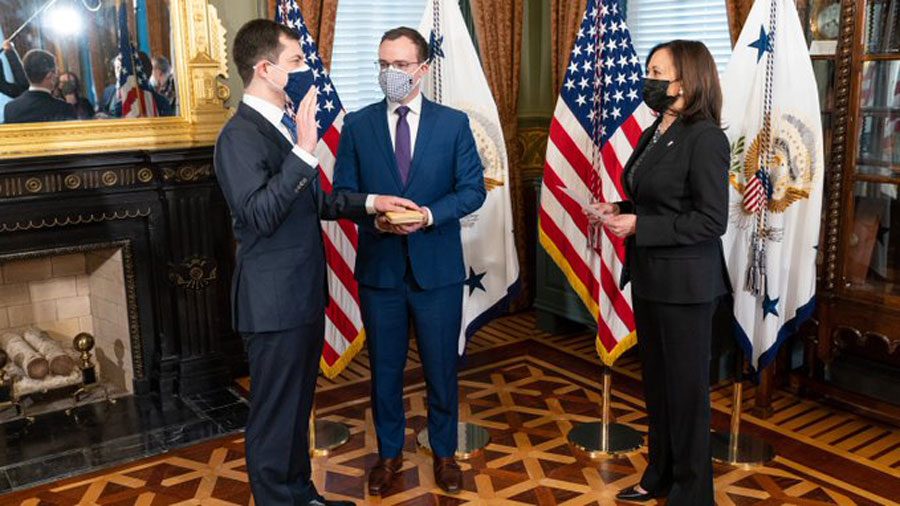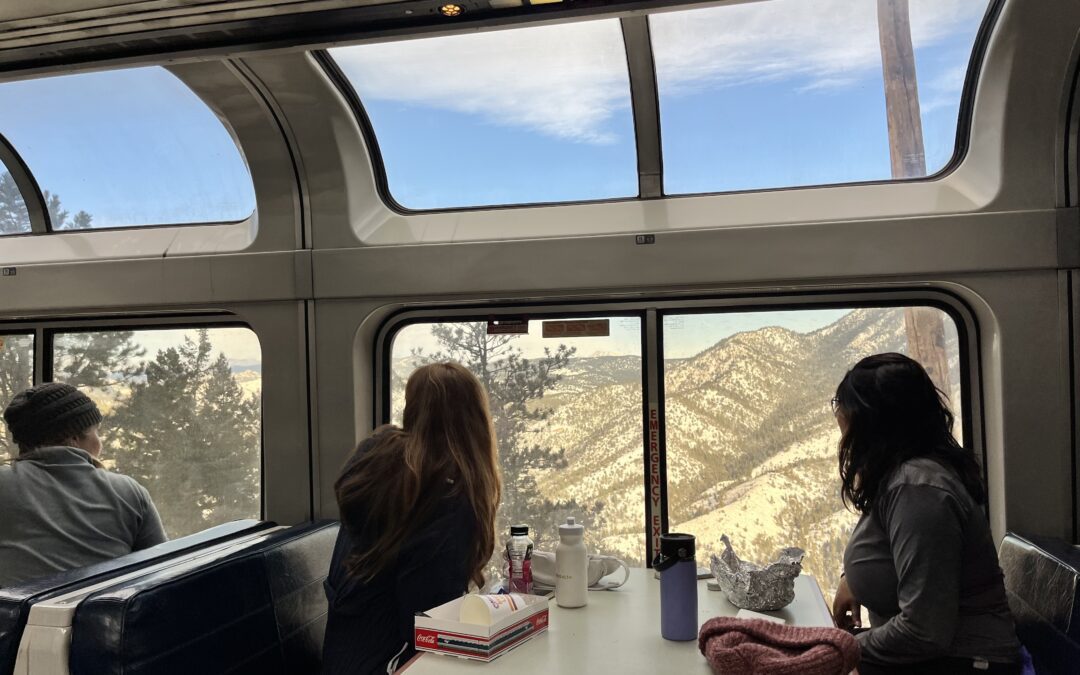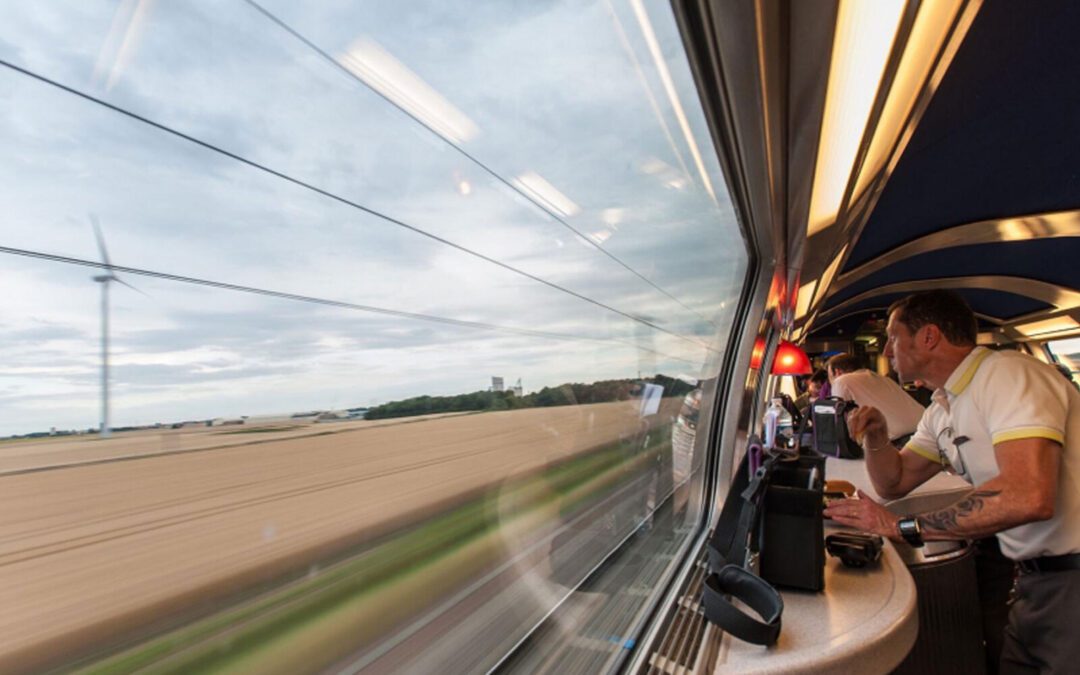Big Changes in Texas and New York This week, US Transportation Secretary Sean Duffy announced major shifts in direction for two important projects. As advocates for quality trains, we need to speak up for the changes we want to see. On Tuesday, Sec. Duffy announced...
Pete Buttigieg was confirmed and sworn in as President Biden’s Secretary of Transportation this week. That’s a hopeful development for rail advocates. In a 2019 interview with City Lab, Buttigieg discussed creating a new transportation paradigm in America. “The United States subsidizes driving a tremendous amount,” he said. “We’re more reluctant to support transit or things like trains. When I’m president, I envision making that a greater balance and supporting cities that are trying to do that, too. Because if we get it right, it’s also more sustainable, more healthy, and more economically friendly.”
As Transportation Secretary, Buttigieg will have significant power and resources to push for “balance” in our transportation system. Here are three immediate, near-term, and long-term actions that should be on his agenda. Each will make a real and measurable difference.
Part 1: Immediate Actions
Go all-in on California’s San Francisco to L.A. high-speed line
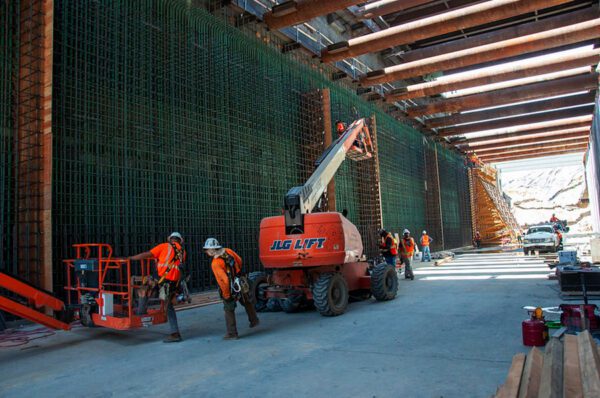
Trench lining at Fresno
Buttigieg and the Biden administration can expedite California High Speed Rail in several ways:
- Restore a $929 million grant suspended by the Trump administration
- Instruct the Federal Railroad Administration to be a supportive partner in the project
- Commit to getting true high-speed rail running during his term.
Restore Amtrak’s daily long-distance routes
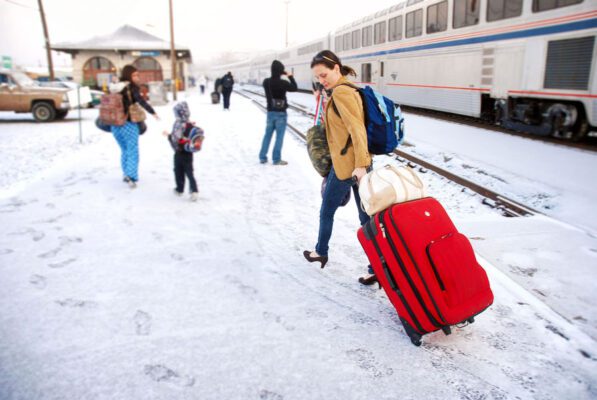
Last fall, Amtrak cut service on its long-distance routes to three days a week.
Although the routes are a favorite target for Amtrak critics, the reductions were unjustified.
Long-distance trains pull their own weight, financially; serve hundreds of rural communities with few transportation options; and provide a foundation for a national network of high-speed trains.
Daily service is needed to make the service truly useful.
Finish the Chicago – St. Louis Corridor
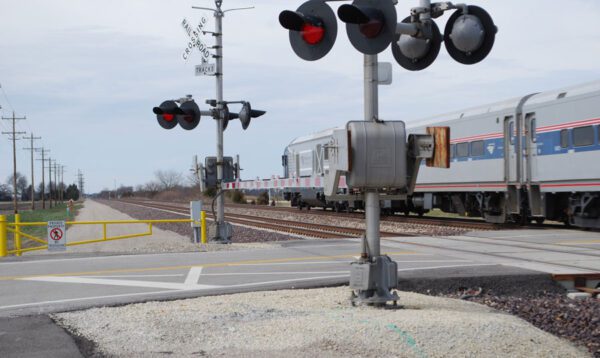
Lincoln train grade crossing
The Chicago to St. Louis Corridor is a critical test case for how shared-use rail lines can work.
Progress has stalled, especially under the Trump administration.
Buttigieg can achieve an immediate win by finishing the project within two years.
There should be a minimum of 8 daily round trips, with trains running at least 90 mph.
Part 2: Mid-Range Priorities
Push Amtrak’s Northeast Corridor Gateway Program forward
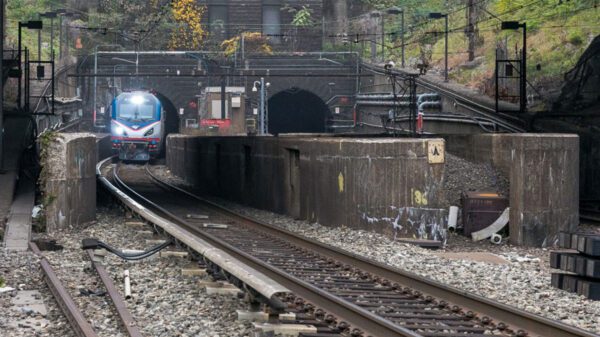
North Bergen tunnel exit
This program would create four mainline tracks between Newark and New York’s Penn Station—doubling the number of passenger trains that run under the Hudson River. And it will resolve bottlenecks that delay trains all through the Northeast Corridor. The Trump administration ruled that the program didn’t qualify for federal funding. The Biden administration should reverse that ruling and push the project forward.
Support the Texas Central HSR project from Dallas to Houston
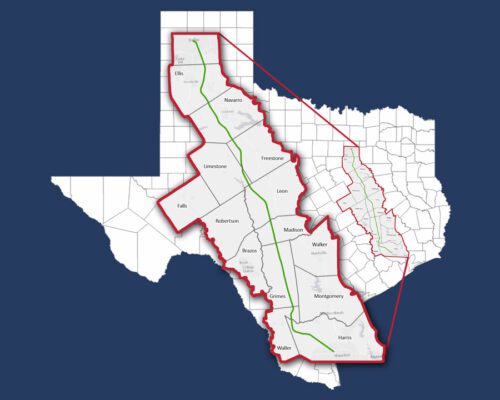
2020 was a breakout year for Texas Central’s planned high-speed line between Dallas and Houston.
In September, the line received its final environmental clearance, and the Federal Railroad Administration released a set of comprehensive safety standards to govern its operation. That’s a milestone. It’s the first time the FRA has published comprehensive rules for trains that exceed 160 mph. Planned as a stand-alone system adapted from a Japanese model, the line will run at speeds of up to 205 mph and will complete the trip in roughly 90 minutes, with one stop.
The Department of Transportation should partner with Texas Central to get construction started.
Promote big investments in new rolling stock
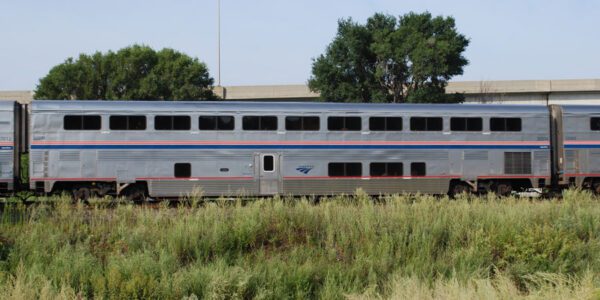
Superliner
There’s an urgent need for new coaches and locomotives across the country.
In Chicago, for example, the Metra commuter system still uses coaches that were built in the 1950s. And, most of Amtrak’s trains are more than 30 years old.
Replacing out-of-date trains would also expand the U.S. manufacturing sector and drive the growing demand for more rail service.
Part 3: Long Range Priorities
Create and promote a national plan for a high-speed rail network
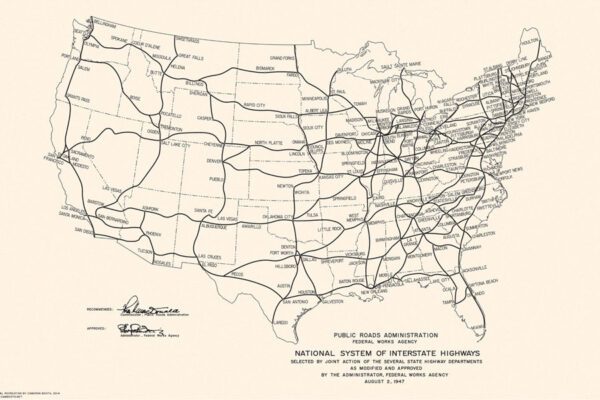
Interstate highway system in 1947.
Federal programs created our interstate highway and airport systems because only federal programs have the budgetary and administrative heft to create transformative change on a national scale.
We need a similar program for an integrated, fast freight and high-speed passenger rail network. It should begin with a big-picture plan that would help Congress, state departments of transportation, and private actors set priorities.
The foundation for a plan is already in place: Rep. Seth Moulton (D-MA) has introduced a House bill to invest $205 billion over 5 years in a national HSR network. Earlier he published a white paper on the subject.
Identify and prioritize the highest-impact segments of high-speed line.
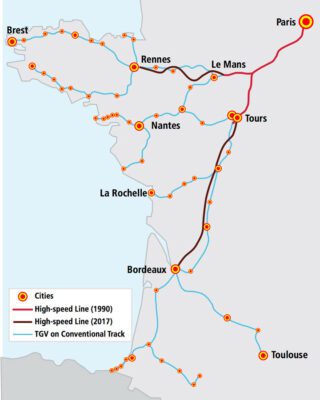
French TGV Atlantique
USDOT should identify segments of high-speed line that impact entire regions, much like the Paris – Tours high-speed line.
Creating a national plan should include a process of prioritizing the investments that will have the biggest, broadest impact over the near term. That doesn’t always mean connecting two major, marquee cities. Some lines deserve priority because of the ripple-out effects they create—and the links they strengthen—across a whole regional network.
For example, a new high-speed line from Chicago to Fort Wayne (IN) would improve service to not only northern Indiana but to Toledo, Cleveland, Detroit, Pittsburgh, and more.
The DOT should find these high-impact segments and prioritize them. Much like France did with it phased construction of high-speed lines.
Build strong, collaborative relationships with the Class 1 railroads
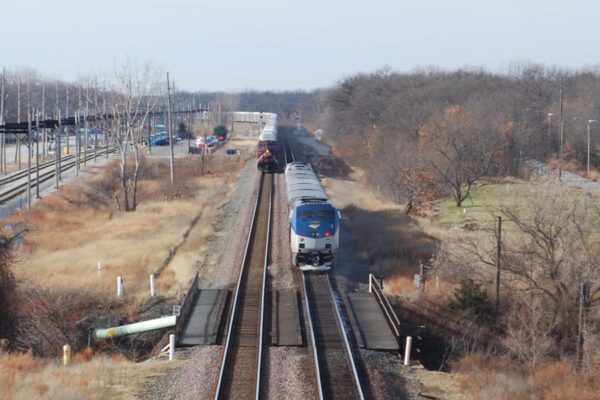
As FK Plous argues in this post, “for political and geographic reasons, most of the nation’s new passenger-rail infrastructure will have to follow existing main-line alignments belonging to the Class 1 railroad industry. This means that any federal infrastructure program supporting a modern passenger rail system will have to include a mechanism that will appeal to the interests of the Class 1s.”
Buttigieg and the Biden administration can do a lot to help build mutually beneficial, collaborative relationships with the railroads. Among other things that will mean, as Plous notes, enhancing the value of the Class 1s’ business and encouraging them to use improved passenger-train tracks to operate new types of lightweight, express freight trains.
The Latest from HSRA
Our Latest Blog Posts
Check out the latest news, updates, and high speed rail insights from our blog!
